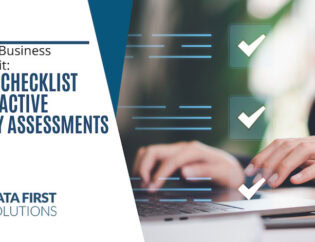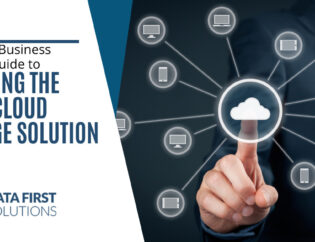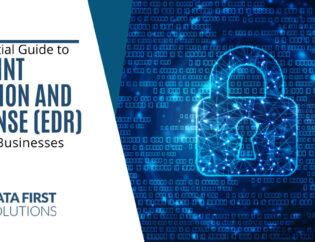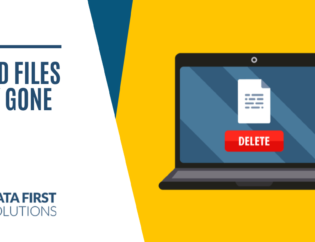
What is ASM, though, and why is it so important? Let’s talk about what it is, how it works, and how you can use it effectively.
What is Attack Surface Management?
The process of identifying, monitoring, and addressing potential security vulnerabilities in a company’s computer system is known as attack surface management. The “attack surface” is the total number of possible ways a hacker could get into your systems or data without your permission.
Companies can deal with risks before they turn into full-on security incidents by managing this attack area. ASM is not a one-time thing that you do. It’s a process that changes as your business grows and uses new technologies.
Why is the Attack Surface Growing?
There are several reasons why the attack area keeps growing:
- The use of cloud services and third-party apps has increased.
- Online workplaces where employees must use their own devices to retrieve information.
- The use of IoT (Internet of Things) devices is becoming more common.
- Software updates and setup errors occur frequently.
Because each of these adds new security holes, ASM is more important than ever.
How Does Attack Surface Management Work?
ASM comprises a series of steps designed to assist businesses in monitoring and managing their digital assets. By following these steps, businesses can quickly identify and fix weaknesses.
Step 1: Find assets
The first step in ASM is to make a list of all the assets in your company’s system. This includes servers, devices, apps, APIs, cloud environments, and even “shadow IT,” which are systems or tools that workers may use without permission. You can’t protect things if you don’t know what they are.
Step 2: Check for vulnerabilities
Once we find assets, we need to check them for weaknesses. This means looking for old software, wrong settings, weak passwords, or data that is easy for hackers to get to.
Step 3: Setting priorities for risks
There are different levels of risk for each vulnerability. Issues are ranked by ASM based on how they might affect your business. To reduce the chance of being hit by critical threats, high-risk vulnerabilities are fixed first.
Step 4: Constantly monitor the situation
Cyber threats change all the time. Continuous tracking identifies new security holes as soon as they emerge. This proactive method prevents attackers from exploiting weaknesses before they can.
5. Fix the problem
Lastly, remediation involves applying patches, updates, or modifying configurations to address any discovered vulnerabilities. Limiting access or adding more security controls may also be part of mitigation tactics to lower risk.
What Are the Advantages of ASM That Works?
There are many benefits for companies that want to improve their cybersecurity that come from using attack surface management. These are some of the main benefits:
Better Visibility
ASM gives you a full picture of your company’s digital assets and possible security holes. This gives you the information you need to decide where to put your resources to the greatest effect.
Less Risk
ASM lowers the chance of cyberattacks succeeding by finding and fixing flaws early on. This proactive method cuts down on downtime, lost money, and damage to the company’s reputation.
Better Compliance
A lot of different fields have strict rules about how to protect info. ASM helps you stay in compliance by finding holes in your security methods and fixing them right away.
Cost Savings
It is much cheaper to stop leaks before they happen than to fix the damage they cause. ASM reduces the expenses associated with incident response, legal fees, and compensating harmed customers.
Why Do Businesses Have Trouble With ASM?
Even though ASM is important for security, it can be challenging to use. These problems must be solved for businesses to have an effective plan.
Lack of Tools
Most of the time, small and medium-sized businesses don’t have the money or staff to do full attack surface management. Getting ASM from a reputable company can help close this gap.
Complex IT Environments
IT environments today are very complicated, with third-party integrations, hybrid clouds, and workers who work from home. Taking care of these kinds of environments takes advanced tools and knowledge.
Changes in the Threat Landscape
Cyber dangers are always changing, which makes it challenging for businesses to stay ahead. To keep up with new risks, you need to get training on a regular basis and spend money on cutting-edge technology.
Why is a Successful ASM Strategy Important?
To make a strong attack surface management plan that fits the needs of your business, you need to follow a few best practices. To begin, follow these steps:
- Audit Regularly: Check your digital surroundings on a regular basis to find new assets or changes that could make it vulnerable.
- Use Automated Tools: Utilize automated tools to identify assets, identify potential security vulnerabilities, and maintain constant monitoring. These tools save you time and give you correct information about your attack surface.
- Build a Cyber Aware Culture: Teach your workers about the best ways to keep your company safe online, and encourage them to report any suspicious activity right away.
- Work With Professionals: If it seems like too much work to keep your attack area under control, you might want to work with a professional cybersecurity company like Data First Solutions.
Stay Ahead of Cyber Threats
At Data First Solutions, we understand the criticality of staying ahead of hackers. The goal of our attack surface management services is to give you full insight into your digital environment while reducing risks as much as possible.
For you to feel more confident as you grow your business, let us help you make your cybersecurity better. Get in touch with us right away to find out more about how we can help your business with security!







